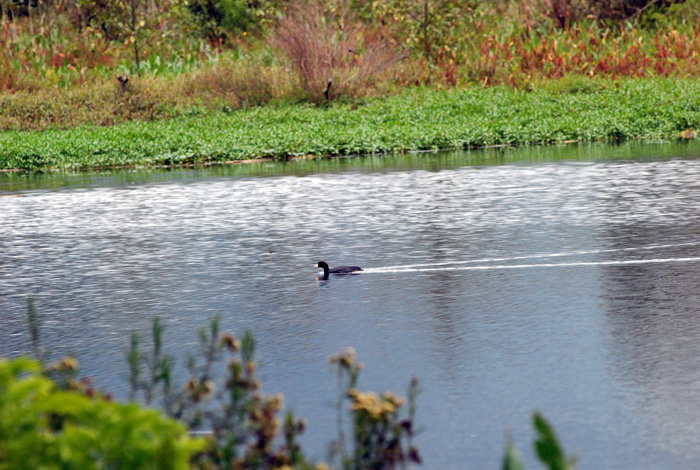Why to protect Bogota’s wetlands


Bogota´s wetlands or ‘humedales’ are important areas in the capital’s environmental development and are significantly important to the northern region of the Andes.
They are an important hub for native wildlife and provide a series of environmental services to the city, such as freshwater supply, food and building materials, flood control, groundwater recharge and climate change mitigation.
The city has 15 official wetlands, 19 unrecognized ones and more than 30 bodies of water. Over 960 hectares of land belong to these ecosystems. Nonetheless they’ve been largely threatened by urban development, illegal constructions, avenues and waste water disposal.
Today the most endangered wetlands are: Capellanía,Tibanica, Techo, El Burro and La Vaca. The last four have a strategic importance as they’re located in Bogota’s driest sectors and are essential for climate regulation.
According to Juan David Amaya Espinel, urban biodiversity assessor from the Humboldt Institute (IAvH) Bogota’s wetlands play a “key role in the maintenance and viability of several forms of life that could eventually disappear with the urban expansion.”
They are home to several native species and are the only refuge migrating birds find while passing over Bogota, Amaya told Mongabay Latam.
Besides the environmental services provided by the wetlands they also provide health and entertainment services. According to Darwin Ortega from Bogota’s Botanical Garden, wetlands can be recreation spaces, for example for bird sighting, and can also help with people’s physical and mental health. Humedal Cordoba for example, is visited by neighbors for exercise and resting.
Bogota’s wetlands are protected under the Convention on Wetlands of International Importance, commonly known as the Ramsar Convention. It is a global intergovernmental treaty that provides the framework for national action and international cooperation for the conservation and wise use of wetlands and their resources.
Ramsar Convention’s mission is “the conservation and wise use of all wetlands through local and national actions and international cooperation, as a contribution towards achieving sustainable development throughout the world”.
Besides international cooperation for its conservation, for Amaya, wetlands require the community’s involvement. “In the Conejera and Cordoba wetlands we’ve been able to involve the community and train them in monitoring its biodiversity and learning about environmental education,” he said.
Nonetheless, Amaya believes their conservation must go beyond their declaration as protected areas and individual efforts to protect them. “We need first of all for the authorities in charge, like Bogota’s Secretary of Environment to really promote and monitor the conservation objectives both at a local and regional level. Additionally, we need them to ensure the recovery and connectivity of the city’s wetlands through restauration initiatives,” he concluded.
At a global scale, “humans often equate wetlands with wasteland; a place to be drained, filled in, burnt off and re-purposed,” says one of Ramsar wetland’sfactsheets. “In fact, scientific studies show that 64% of the world’s wetlands have disappeared since 1900. Measured against 1700, an estimated 87% have been lost.”
LatinAmerican Post | Maria Andrea Marquez





